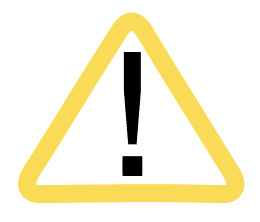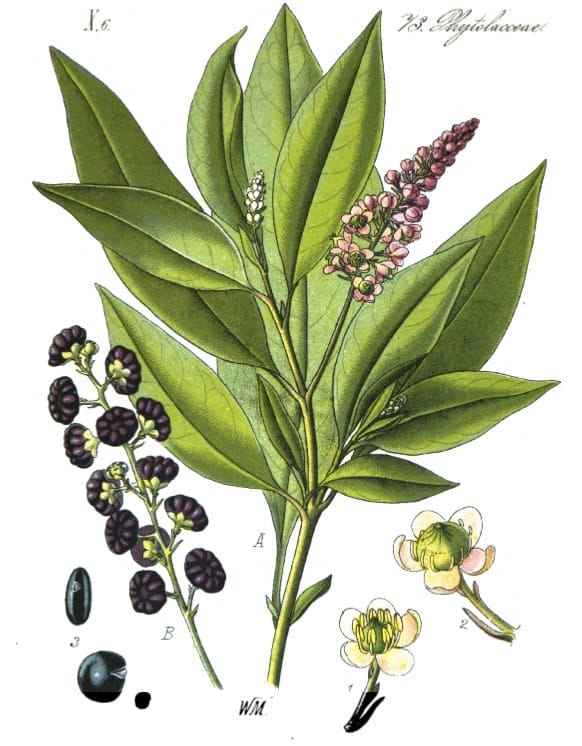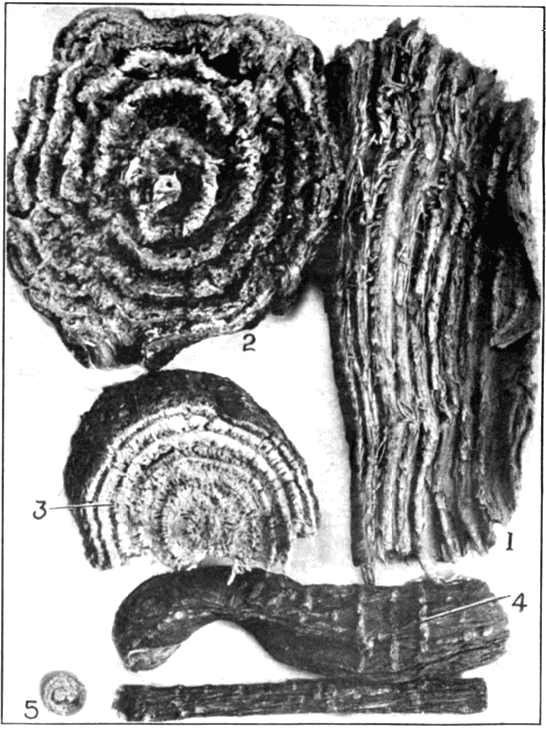Phytolacca, Poke rootP. decandra (American): Poke, Poke rootP. acinosa (Indian, Chinese): Indian Poke, Indian Pokeberry –Shang Lu (TCM) –Dpa bo dkar po དཔའ་བོ་དཀར་པོ་ (Tibet) |

|

|
 P. decandra
P. decandraFlora von Deutschland (20), Kohler, 1885
 PHYTOLACCA DECANDRA
PHYTOLACCA DECANDRA1. Longitudinal section. 2. A typical cross-section. 3. Concentric woody or fibrous tissue.
4. Incompletely annulate surface. 5. Cross-section of small root.
Squibb’s Atlas of the Official Drugs, Mansfield, 1919
Botanical name:
Phytolacca spp.
P. decandra, P. americana (American); P acinosa (Chinese)
The Chinese Pharmacopoeia lists both P. acinosa and P. americana as sources for Shang Lu, meaning the two are used synonymously.
Tibetan texts list 3 types of Dpa po:
- Dpa bo dkar po: P. acinosa
- Dpa bo ser po: Veratrilla spp.
- Dpa bo rgod po
Parts used:
Root; Prepared Root
The prepared root collected from TCM suppliers is will be the safest form to use internally.
Temperature & Taste:
Cold, dry. Bitter, Pungent. Toxic
Uses:
1. Purges Water:
-strongly purges water, causing diarrhea (full doses)
2. Clears Heat and Damp, Clears Poison, Resolves Swellings:
-Swollen Glands, Lymphadenitis, Tonsillitis; Lymphatic adenitis. (BHP)
-acute and chronic inflammations
-Mastitis, Orchitis, Ovaritis, Laryngitis, Nephritis etc.;
-Syphilis, Mumps
-Psoriasis, chronic Eczema, Tinea Capitis, Lupus
-Ulcers of the lower legs including Varicose Ulcers
–‘a reliable force against Cancer.’ (Haller, Medicine Lexicon, 1755)
-Tumors, Cancer and Hyperplasia of the Mammary glands; Epithelial Cancers of the Lip etc.
-Lymphatic Cancer, and to prevent Metastasis.
3. Clears Heat, Resists Poison:
-Mercurial poisoning.
-Poison and Toxin (Tibet)
-Epidemic diseases (Tibet)
4. Clears Heat and Damp, Eases Pain:
-chronic Rheumatism and Polymyalgia
-inflammation (Tibet)
5. Externally:
i. as a wash or ointment for Eczema, Itch, Scabies, Tinea, Acne
ii. as a poultice in Mammary Abscess, Mastitis
iii. it has been used in Enema for Ulcerative Colitis
iv. Tumors
Dose:
Small doses are alterative; moderate doses are purgative; full doses purge water from the bowels.
Powder (unprepared): 60–300mg; 10–30 grains are emetic and cathartic;
Powder (prepared): 150–500mg (pills containing 500mg are used for Mammary Hyperplasia in TCM);
Tincture (1:10 in 45% alcohol): 1–3 drops (0.2–0.6mls.);
Fluid Extract (1:1 in 45% alcohol): 0.1–0.5mls.;
Decoction of the prepared root (TCM): 3–6 grams, up to 9 grams (per day)
Preparation:
1. Vinegar-prepared Poke Root:
Slices of the root are boiled in Rice Vinegar in TCM until the Vinegar is absorbed. It is then stir-fried until dry. This is used in TCM in decoction, and is the most suitable form to use Poke root internally unless the small doses used in Tincture form are given.
Main Combinations:
1. Chronic Rheumatism, Poke root with Guaiacum
2. Tonsillitis and Glandular Swellings, Poke root with Myrrh
3. Chronic Sinusitis:
i. Poke root with Eyebright
ii. Poke root with Eyebright, Elder flower, Hyssop
iii. with infection, Poke root with Golden Seal
4. Bronchitis, Poke root with Thyme, Licorice
5. Lymphadenitis:
i. Poke root with Cleavers
ii. Poke root with Figwort root
iii. Poke root, Calendula, Burdock root, Thuja
6. Acne:
i. Poke root with Burdock root
ii. Poke root, Cleavers, Violet, Burdock root, Dandelion
7. Eczema and Pruritus:
i. Poke root with Burdock root, Sarsaparilla, Dock root (Wonders in Weeds, W. Smith)
ii. make a strong decoction of Poke root with Yellow Dock and apply
8. Psoriasis, Poke root with Sarsaparilla
9. Cancer:
i. Poke root with Thuja as a tincture
ii. Poke root with Burdock root, Red Clover, Sarsaparilla, Peach bark, Licorice (as in the Hoxey Cancer formula)
iii. Poke root with Barberry, Burdock, Yellow Dock, Agrimony, Camphor (The Medical Herbalist)
iv. Poke root, Thuja, Violet, Dandelion, Burdock root
v. Poke root, Black Nightshade, Agrimony
vi. Breast Cancer, Tincture of Poke root, 5 drops, three times daily. Apply a cloth moistened with the same tincture. ‘This treatment has been fre- quently known to remove the tumor’. (Vitalogy, 1906)
vii. Extract the juice from Poke root leaves and buds. Set in the sun until it becomes as thick as an ointment. Apply the paste to silk or a fresh green leaf and apply to the Cancer, applying fresh 3 or 4 times per day if the pain is not too great. This is said to kill and draw out the Cancer, even though it appears to make it worse in the beginning. It can radically cure in 5 or 6 months. (Madame Young’s Guide to Health, 1858)
10. Ointment for Tumors, Poke root with Datura, Hemlock, Belladonna, Yellow Dock, Bittersweet.
11. Ointment for Fibrocytic Breasts, Poke root, Cleavers, Figwort, Ginger, heated in oil and applied topically.
Cautions:
1. Toxic in overdose. Large doses can cause vertigo and lethargy, leading to convulsions and possibly death.
2. Not used in Pregnancy, Children, or the very weak.
3. Avoid in marked Stomach weakness
4. The powder is highly irritating to the eyes and nose.
Toxicity:
Signs of Overdose or Poisoning include burning sensation in the mouth and throat, severe nausea, vomiting, diarrhea. Hypotension, Prostration, and Tachycardia may develop. Fatalities have been reported.
Main Preparations used:
Prepared root; Tincture, Fluid Extract
